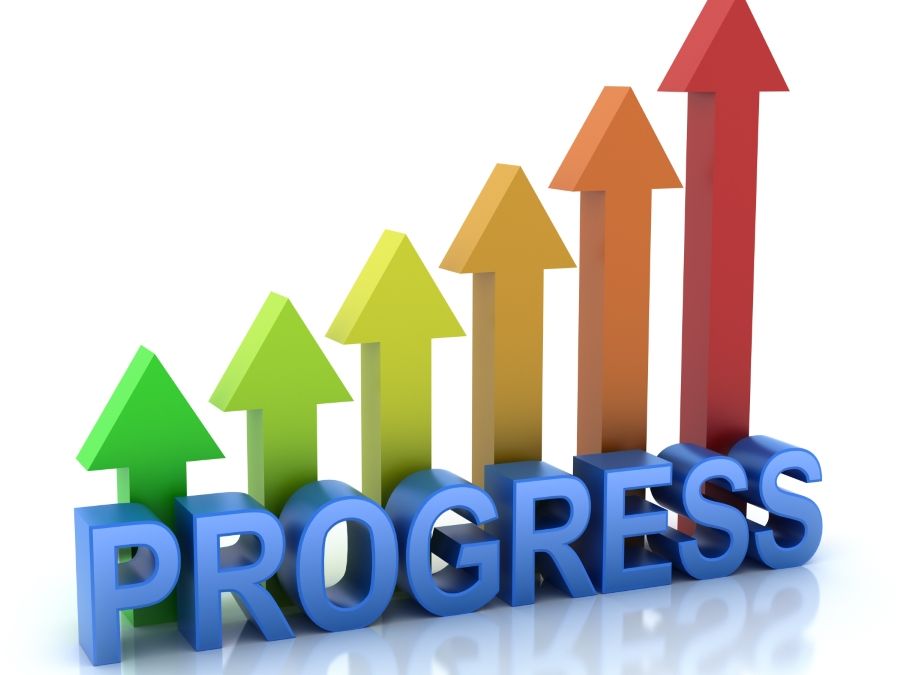There are a variety of tools that can be used to track progress over time. It is important to track your progress to see if you are moving towards your goal or not. Sometimes you think you are making progress. But until you actually look at the data, can you really be sure?
1. Pen and Notebook
This is more the old school, tried and tested method for keeping track of your workouts and progress. You simply write down your workout (preferably beforehand) and then add the weight and reps after you complete each exercise.
The benefits of this method come from the simplicity. It is very low cost and free to use once you purchase it. Another benefit comes in with the flexibility, if you have to use different equipment than normal you can make a small note. There is not really any upfront time commitment to setup your workouts using this tracking method. An additional benefit after you have been using it for a while is that all your data is right there if you need to look back at it.
The biggest downside to this method stems from the fact that all of your data in paper form so it is more difficult to look for long term trends with your physique and performance. You do have to be careful about spilling liquids or sweating too much because it can ruin the paper. It is also one more thing you need to remember to bring to the gym.
When I used this method in the past, I used this notebook. It was simple and effective. Just make sure to remember to bring a pen as well.
2. Fitness Apps
There are numerous fitness apps on the market today. Many of these will be tailored to specific styles of workouts so you may have to try several until you find the one that fits your style and personality the best. A few that have the basics covered are HeavySet, GymBook, and Simple Workout Log.
One of the biggest benefits is your data is stored electronically so you can visually see with charts and graphs (sometimes a picture is worth a thousand words). Often you can duplicate past workouts so you can save a bit of time once you have it setup. Another benefit is you have the app on your phone and I know you carry that with you all the time.
The downside to fitness apps is there is typically a learning curve with getting the different apps initially setup. The upfront time may or may not be something you want to deal with. Also, the exercise libraries can be limited or have poor search features. But the biggest downside with fitness apps, is that you have to keep looking at your phone. Every time you have to pick it up to record the information is an opportunity to get distracted by a notification. You will know if you are going to have a problem with looking at your phone too much.
3. Social Media
The classic, good old mirror pic. Did a workout actually happen if you don’t take a picture and post it to social media?
Now this is not the preferred method for keeping track of your progress because it was not specifically designed for it. It can be an interesting way to document your progress. Isn’t interesting how day by day nothing seems to change but over months and years there are a lot of changes? If all you did was take a picture after each workout and post it to social media, you could do a time-lapse to see the progress.
There can also be both positive and negative social pressure from posting photos of yourself. You may encourage others to start exercising but you never know what comment someone is going to make. Again, this is one of those situations where you need to know if this method will be a good option for you.
A slight alternative to the social media photo, which I would encourage for everyone, is to take picture after each workout. You don’t have to share it with anyone but yourself. This will allow you to visually see the changes that occur over time.
Conclusion
Tracking your progress is a vital aspect of any fitness journey to help you know if you are on the right track or if you need to make some changes. Pick whichever option feels easiest to you because that is the one you will be the most likely to stick with over time.

